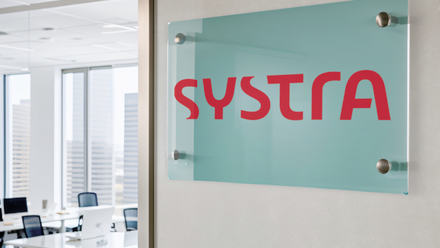Rising to the climate challenge
The latest COP climate summit has put sustainability high on the agenda for organisations around the world, bringing leaders together in Dubai to agree a deal on creating a greener future.
Human factors professionals are also playing their part in raising awareness of the challenges ahead and helping to make a positive difference. From helping create more sustainable transport solutions to championing the benefits of using nature to improve wellbeing, there are many areas where we can have an impact.
Our Climate Ergonomics guide explains more about the first steps businesses can take to encourage behaviour change that supports a more sustainable tomorrow. The advice – which is free to download from our website – explains how climate ergonomics uses theory, data and methods to optimise both human and climate wellbeing. And it offers practical human factors tools and recommendations to build sustainability-focused greener goods, services and practices.
This year we also highlighted the work of Miles Richardson, creator of the Biodiversity Stripes – a graphic representation of the rapid loss of wildlife species. Miles, founder of the Nature Connectedness Research Group, uses human factors thinking to highlight our relationship with the natural world and has urged the profession to focus on “refitting the human to nature”. Read Miles’ article in September’s issue of The Ergonomist.






